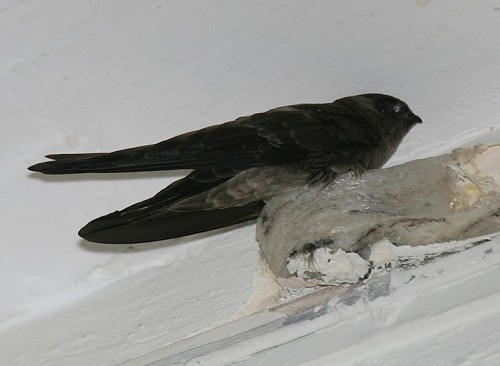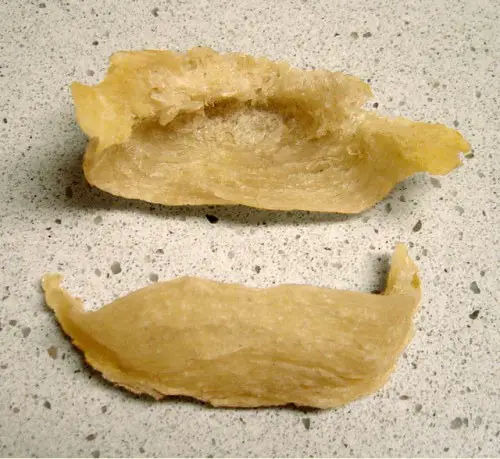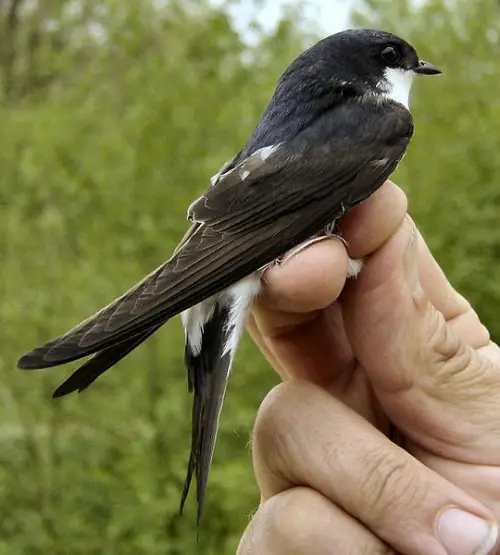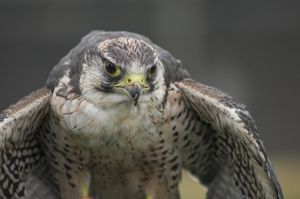Edible Nest Swiftlet
The Edible Nest Swiftlet (Aerodramus fuciphagus) is a small bird from the swift family which is commonly found in the South-east Asia. The feather is blackish brown on the above and a bit paler at the bottoms. Compare to the rest of the upperparts, the rump is slightly paler. The wings are long and narrow while the tail is slightly forked. The bill and feet are black in color.
There are about six subspecies of the Edible-nest swiftlets. They are the Fuciphagus, Inexpectatus, Dammermani, Micans, Vestitus and Perplexus. While Germany’s Swiftlet (Aerodramus germane) was formerly considered as one of the species from Edible-nest Swiftlet’s family, it now is considered as a separate species. They are found in Malaysia, Thailand, Vietnam, Cambodia, Hainan Island in China, and the Philippines.
The birds feed over a range of habitats from the coastal to the mountains which occurring up to 2,800 meters above sea-level of Sumatra and Borneo. They often feed in huge flocks with other species of swallow and swiftlets. However, their diet consists mostly of flying insects.
They breed in colonies in caves, on a cliff, or sometimes on and inside an empty building. The nest is white and translucent with bracket-shape and also made of layers of hardened saliva of the bird that attached to the rock. The nest is about 11 to 12 centimeters long and weighing from 15 to 18 grams.
This nest is a delicacy, and is used in bird’s nest soup. This nest is composed almost entirely from the saliva of the bird, with little or no plant material. To make the soup, Cooks and Chefs simply by soak and steam the nests in water. It is said to be an aphrodisiac and to have many medicinal qualities. The nests can fetch into very high prices and many colonies are harvested for commercial purposes.
Since the 16th century when bird’s nest soup became a delicacy in Chinese cuisine as well as an important part of alternative medicine, the harvesting of edible bird’s nests are being over exploited. In past decades, the production of the edible bird’s nests has reduced drastically because of the uncontrolled harvesting and over-exploitation that this cave dwelling species. Despite the strict regulations, high demand in the international markets has put so much pressure on nest collection, the wild populations of the edible-nest swiflets is plummeting by as much as 80% to 90% and it has reached local extinction across some of their ranges.
With the involvement and continuous improvement of motivated nest collectors in the population growth has affirmed that the protection’s strategy of the populations of edible-nest swiftlet in their natural habitat is truly successful method of keeping edible-nest swiftlets in the Andaman and Nicobar Islands. However there are still population decline of over 60% in the unprotected caves due to the local extinction. This survey shows that within a decade the population growth is alarming. To prevent the extinction of the species, the expansion of the edible- nest swiftlet conservation program all over the islands arc was established and the species was also included the Wildlife Protection Act 1972.





Tried this last year from like http://www.geocities.jp/hongkong_bird_nest/index_e.htm . Tastes really good… yeah, I thought it was gross at first, but wow, you won’t regret it.
I’ve tried eating bird’s nest too, although when I first ate it, I actually didn’t know what it was! lol It was quite nice…. if you don’t put your mind into thinking about how the bird made the nest :)